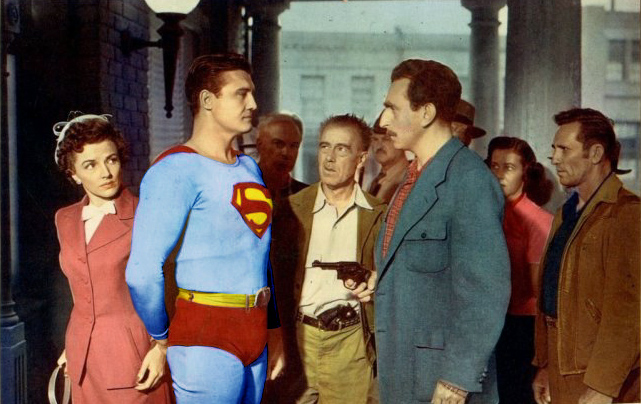The Ku Klux Klan was no laughing matter when the organization was first formed. Shrouded in secrecy, enshrined with their own lofty ideals, identities concealed with white hoods, these men terrorized the African-American community across the ages.
Starting out in 1865, the first iteration of the Klan was founded as a way to fight back against the encroaching Republican government and resist the abolitionist movement. Through violence, intimidation and murder, the first KKK was able to slow down the expansion of civil rights in the south but would ultimately fail to stop the Republican government from taking control of the southern states.
By 1870, the government officially classified the Klan as a terrorist organization, which meant being a member was a crime. Between this classification and anti-Klan militias, the first KKK iteration would fade away from the public eye. It would not be until the release of the film The Birth of a Nation in 1915, that the Klan would rise to power again.
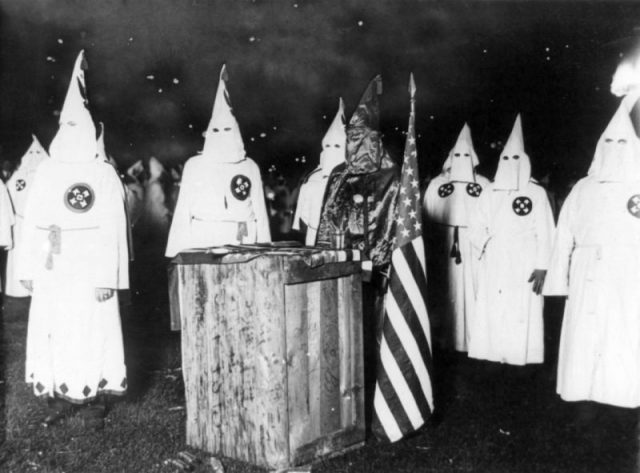
This second Klan was considerably stronger and grew in number. As a secret society, the KKK had members in all aspects of life. A police officer, a baker or a politician could be a member of the Klan, keeping their true identity hidden from the rest of the world. And thanks to racial tensions, political fears and Protestant rejection of Catholicism, there were a great many people who found the KKK to be an attractive way to achieve political objectives.
Opposition to this new influx of white supremacists came in many different shapes and sizes. Some individuals joined together to protect themselves on a political level, others would take a stand and speak publicly against the what the Klan was bringing to America. A brave few people would fight back through subterfuge, infiltrating the Klan’s ranks and revealing membership lists to the general public.
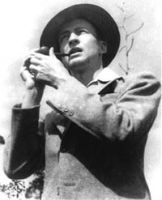
One such man was Stetson Kennedy. Born in Florida, Stetson saw the bigotry and hatred towards blacks around him and realized that something was off. Many of these white supremacists claimed to espouse Christian values and ideals, yet their actions towards non-whites was abhorrent. His friendship with the family maid, a black woman, would teach him that inherent racism was a misguided, destructive concept. He would grow up to be a strong advocate for civil and human rights.
When America entered into World War 2, he wanted to join in the battle against the Nazis and their racist policies. Unfortunately, due to his back problems, he would not be able to enlist and fight the good fight. Unable to serve his country through military, he decided he would put his energies towards another worthy cause: infiltrating and collecting the secrets of the KKK.
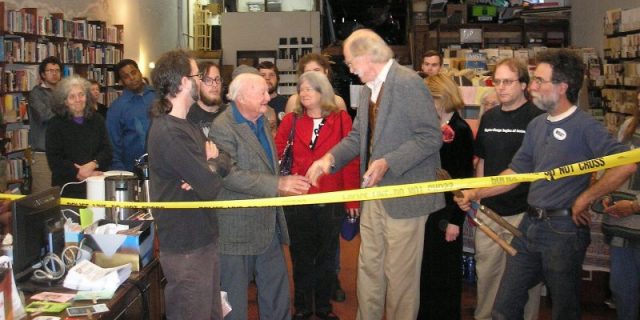
A private citizen, with no backing or directive from the government, Stetson simply enrolled in the KKK and began to learn their secrets. One of the factors that went into making the Klan so terrifying was the fact that all of their rituals and activities were shrouded in secrecy. Fear of the unknown is perhaps one of the strongest fears that humans experience, and few non-members knew what really went on in those meetings. Stetson was determined to learn the truth and expose the KKK’s secrets.
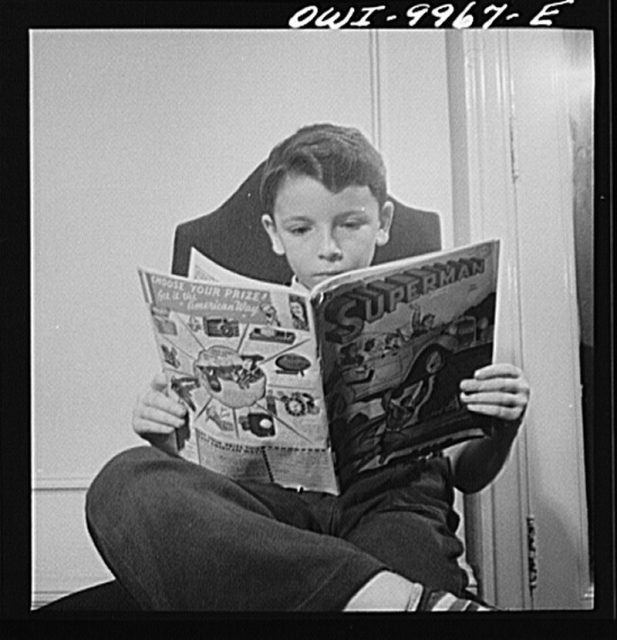
What he found was a strange mixture of ridiculousness and a deadly seriousness about preserving the white race. While the core of their actions was cruel, despicable and racist, the Klan had many elaborate and pointless rituals that bordered on being silly. Despite being a hate organization with grave ambitions, the KKK, with their secret handshakes, passwords and overuse of titles that start with letter “K,” wasn’t nearly as mysterious as the rest of the world thought. Yes, they were dangerous, and their mission was perverse, but Stetson’s investigation removed a lot of the mystique behind their organization.
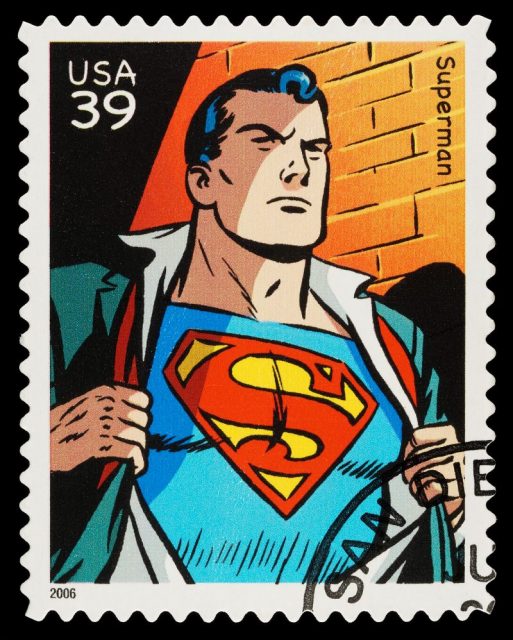
In 1946, Stetson decided he wanted to use this information that he had carefully gathered to humiliate and ridicule the KKK. All of the secrets he learned would be useful in showing America their true colors. While they maintained that they were really a group dedicated to protecting America, Stetson had a lot of evidence that their only goal was to oppress minorities. As a means of dispersing this information to the general public, he contacted the producers of a very popular radio show, known as The Adventures of Superman.
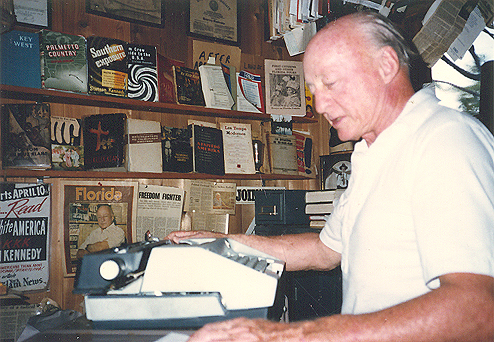
Stetson proposed a story arc in which Superman would fight against the KKK. The producers, always eager for interesting new villains for the Man of Steel to face, agreed quickly to the idea. Thus, the Clan of the Fiery Cross story arc was born.
A cinematic history of Superman, including every cinema incarnation.
Stetson provided the writers with everything they would need to know about the inner workings of the KKK. Their rituals, their passwords and their handshakes were all revealed over the course over several weeks.
With Superman denouncing the KKK and battling them, as well as the secrecy being shattered by giving listeners a glimpse into what happens behind the scenes, the radio show had a profound impact on the hate group.
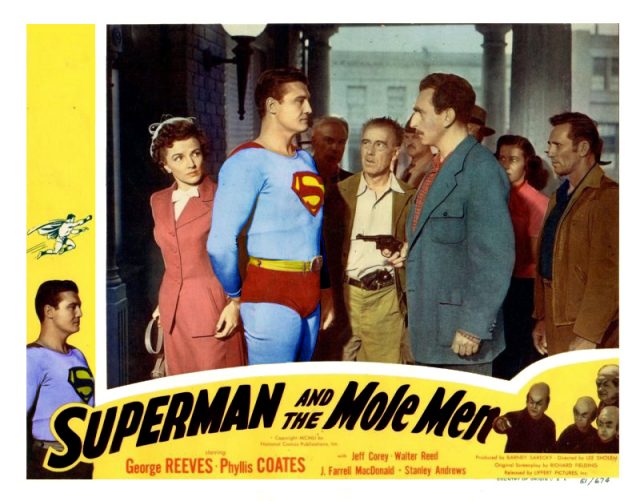
Listeners at home would learn of the evils of the Klan as well as the ridiculousness of their rituals. With the Klan being so humiliated, people began to understand more of how the organization worked and as such, a great deal of their mystique was lost.
Read another story from us: When Superman landed in Milton Keynes
The radio show was a major blow to the KKK as the general public now knew the truth about them. Over the years, the numbers of the KKK would dwindle down and the second iteration would eventually fall apart. Thanks to the efforts of private citizens like Stetson Kennedy, who were willing to risk wrath in order to fight against hate, the KKK’s numbers would never reach the same level of the 1920s.
Andrew Pourciaux is a novelist hailing from sunny Sarasota, Florida, where he spends the majority of his time writing and podcasting.
